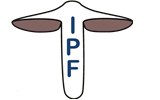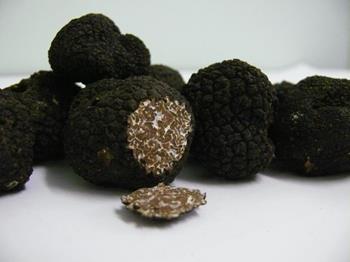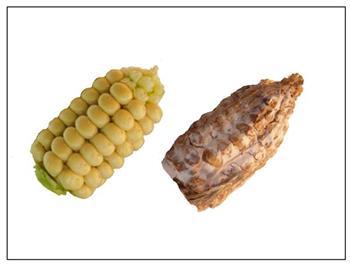Dr. Richard Splivallo
Goethe University Frankfurt
Juniorprofessor
Institute for Molecular Bio Science
Max-von-Laue-Str. 9 60438 Frankfurt am Main
Cell phone: +49 176/64 93 1402
E-mail: richard.splivallo@a3.epfl.ch
The volatile language of fungi
Some fungi are highly appreciated food products (i.e. morels, truffles) while others are toxic to humans or to plants (pathogens). We study both symbiotic and pathogenic fungi to understand how they interact with other organisms through their aroma.
As a model of symbiotic fungus, we use truffle (i.e. the Burgundy black truffle pictured below), which develops on the roots of plants such as hazel and oak. Truffle fruiting bodies are colonized by a diverse microbial community of bacteria, yeasts and guest filamentous fungi. We are currently working to understand how this microbial community influences the aroma of truffles.
As a model of plant pathogen, we currently investigate fungi belonging to the genus Fusarium, a major pathogen of maize (the picture below shows an infected and a non-infected maize ear). Our aim is to identify infected maize ears through volatile sensing. This approach would allow detecting and treating infected plants before the infection has created substantial damage to the crop.
Many representatives of the fungal genus Fusarium also colonize plant roots where they might act as pathogens or symptomless endophytes. We currently investigate how Fusarium species interact with plant roots through volatile signals and how this signaling affects overall plant fitness.
Publikationen
Splivallo R, Ebeler SE (2015) Sulfur volatiles of microbial origin are key contributors to human-sensed truffle aroma. Appl Microbiol Biotechnol. doi: 10.1007/s00253-014-6360-9
Molinier V, Murat C, Frochot H, Wipf D, Splivallo R (2015) Fine-scale spatial genetic structure analysis of the black truffle Tuber aestivum and its link to aroma variability. Environ Microbiol (accepted).


